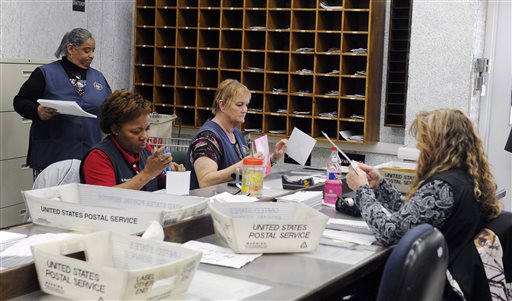In Turner v. Safley, 482 U.S. 78 (1987), the Supreme Court determined that restrictions on inmates’ constitutional rights, including those of the First Amendment, were subject to a rational basis standard of review. Though the Court affirmed that inmates still retain some measure of their constitutional rights, it stressed that courts should show deference to prison officials in the management of their institutions.
Lower courts ruled in favor of Safley marrying another inmate and sending her letters
The case involved challenges to Missouri Division of Corrections policies on inmate marriage and inmate-to-inmate correspondence. Inmate Leonard Safley contended that he had a constitutional right to marry a female inmate and a First Amendment right to send her letters. The lower courts, applying the heightened scrutiny standard from the Supreme Court’s decision in Procunier v. Martinez (1974), ruled in favor of Safley on both claims. The superintendent of prisons, William Turner appealed to the Supreme Court.
Court upheld correspondence regulation; struck down marriage ban
Writing for the majority, Justice Sandra Day O’Connor stated that “[p]rison walls do not form a barrier separating inmates from the protections of the Constitution,” but also that prison administrators deserve a wide degree of deference. She rejected the application of heightened scrutiny under Procunier and identified the proper standard: “when a prison regulation impinges on inmates’ constitutional rights, the regulation is valid if it is reasonably related to legitimate penological interests.” She listed four factors crucial to applying this standard:
- “(1) whether there is a “valid, rational connection” between the prison regulation and the legitimate governmental interest;
- (2) whether there are alternative means for the inmates to exercise their constitutional rights;
- (3) whether the granting of inmate request will negatively impact on guards and other inmates;
- and (4) whether there are any ready alternative ways for the inmate to exercise his rights.”
Applying this deferential standard, the Court upheld the correspondence regulation, writing that it was reasonably related to legitimate security concerns. It found the marriage ban, however, unreasonable.
Justice John Paul Stevens — joined by Justices William J. Brennan Jr., Thurgood Marshall, and Harry A. Blackmun — concurred with the finding that the marriage regulation was unconstitutional. They dissented, however, on the correspondence ban, finding that the prison officials’ security concerns were exaggerated and could be accommodated in a manner less restrictive of speech.
Turner is a precedent in prison regulation First Amendment cases
Turner v. Safley remains a vital precedent in the Court’s First Amendment jurisprudence. The Court has cited the decision in upholding numerous prison regulations from First Amendment challenge.
David L. Hudson, Jr. is a law professor at Belmont who publishes widely on First Amendment topics. He is the author of a 12-lecture audio course on the First Amendment entitled Freedom of Speech: Understanding the First Amendment (Now You Know Media, 2018). He also is the author of many First Amendment books, including The First Amendment: Freedom of Speech (Thomson Reuters, 2012) and Freedom of Speech: Documents Decoded (ABC-CLIO, 2017). This article was originally published in 2009.

